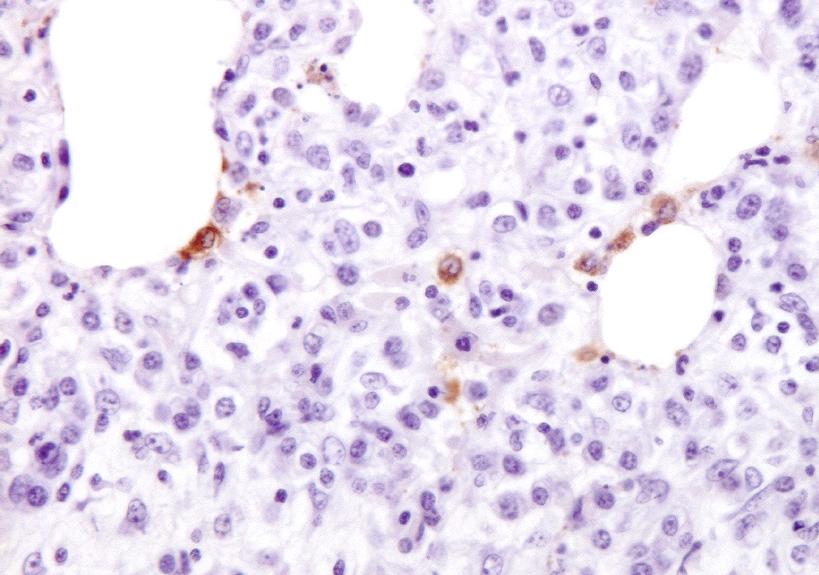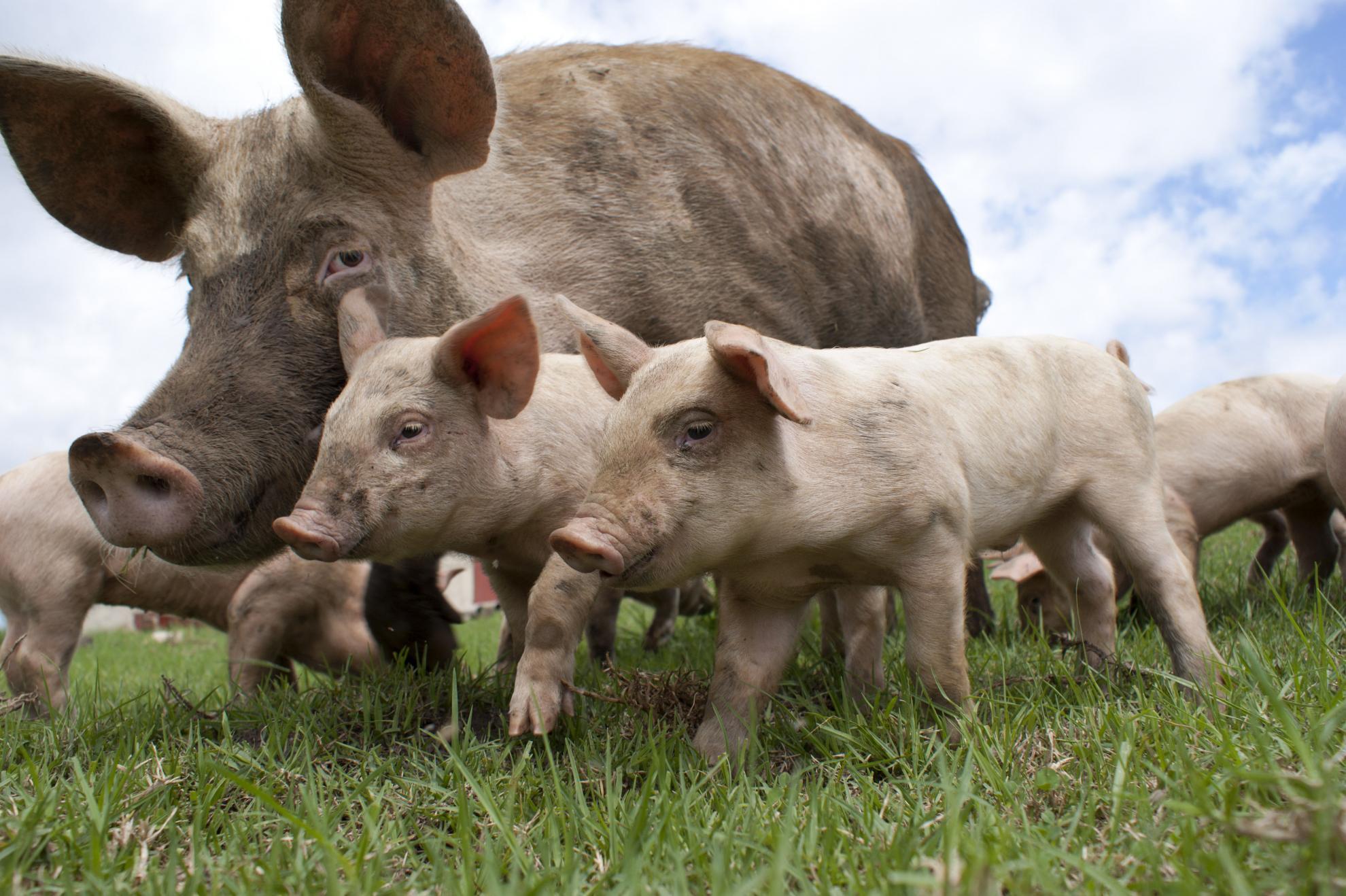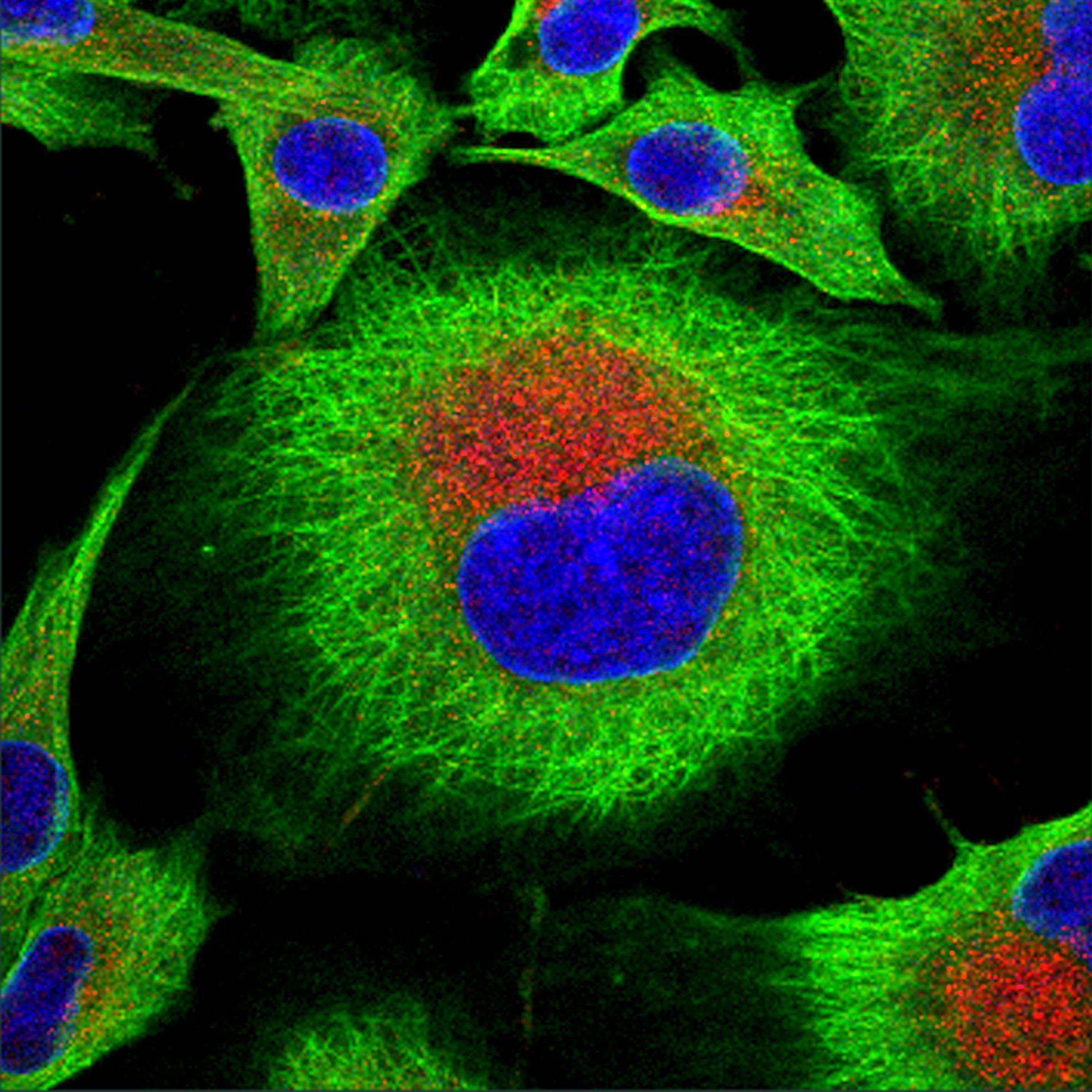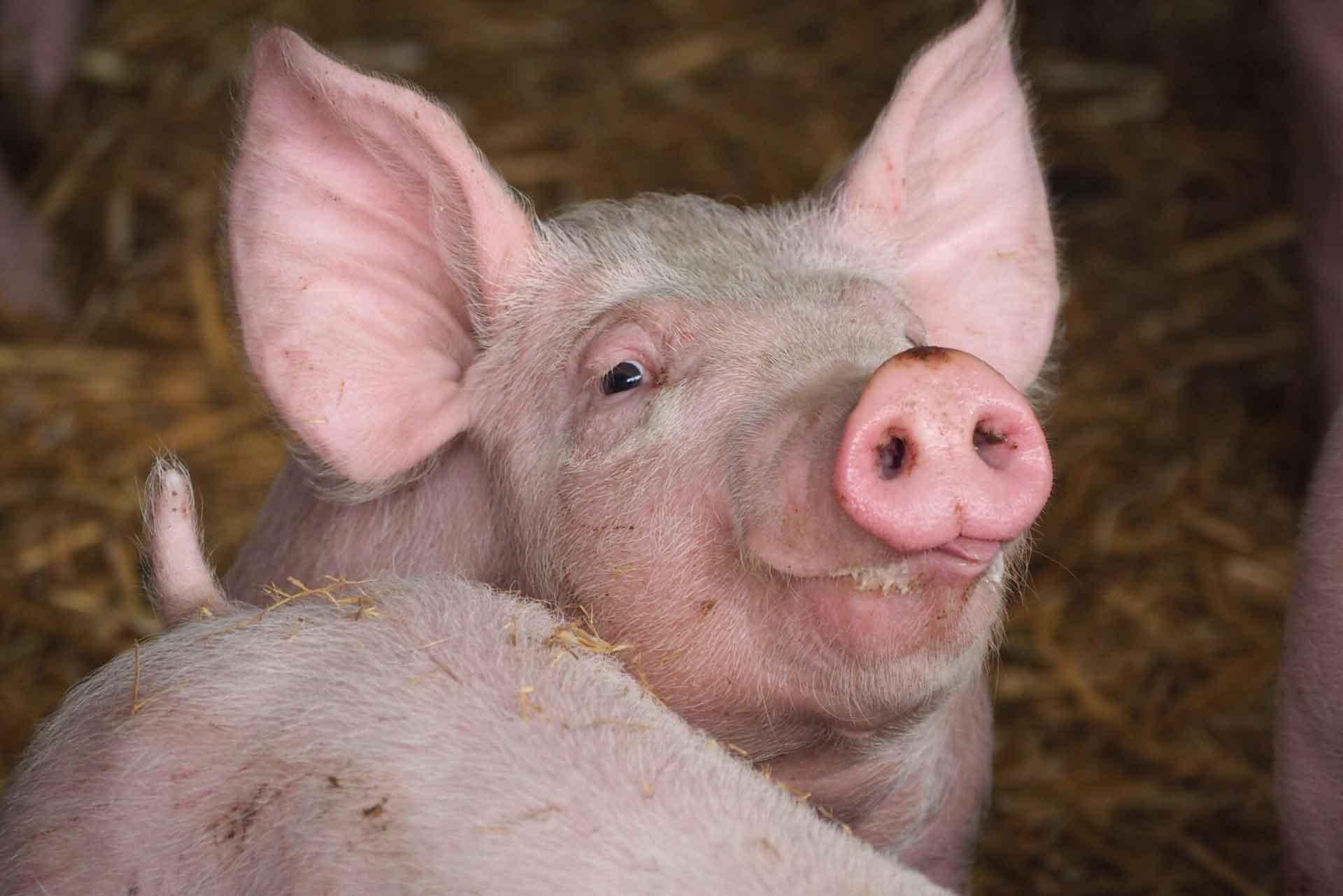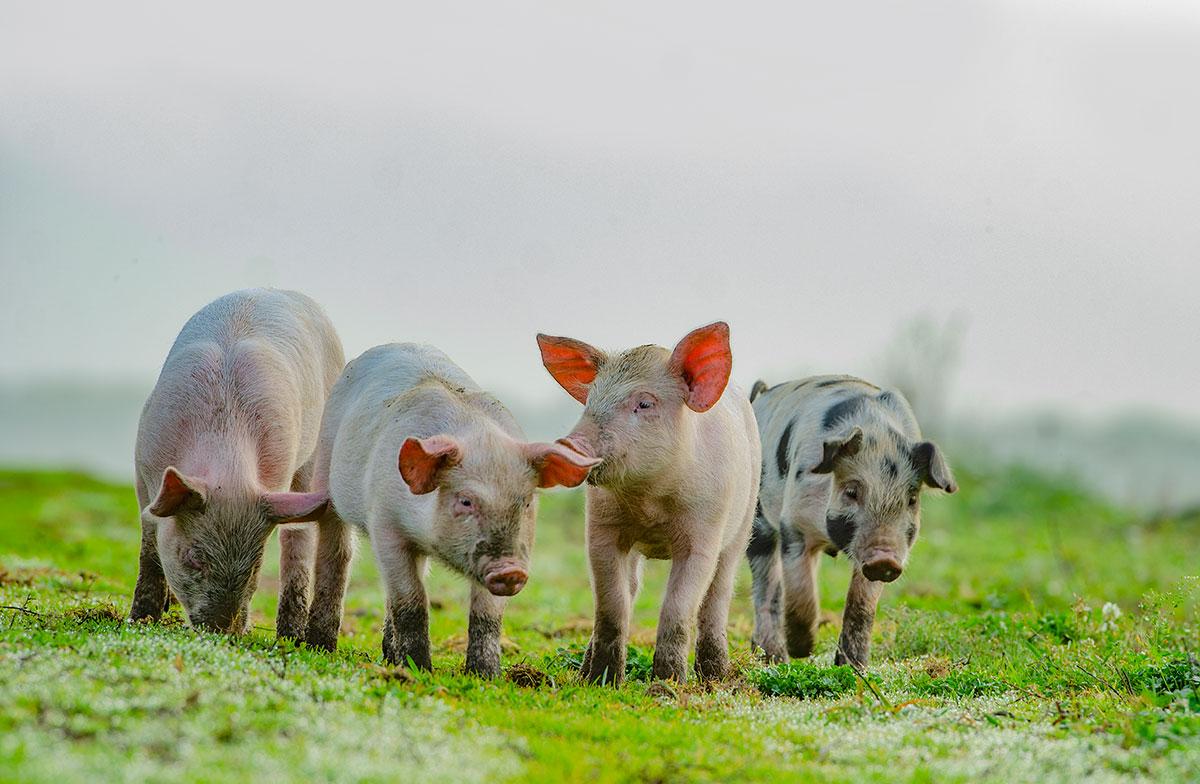Porcine reproductive and respiratory syndrome virus (PRRSV) infects domestic pigs, causing a highly infectious disease, porcine reproductive and respiratory syndrome. Although as little as 10 virions are needed to infect an animal, the virus is not highly contagious.
PRRSV spreads through direct contact, and may also be transmitted though contaminated objects such as vehicles. Artificial insemination also transmits the virus as it is present in semen, as well as in nasal secretions, urine, mammary secretions and faeces. Pregnant sows may pass the virus to their offspring and deliver persistently infected piglets.
PRRS is found in most areas of the world where pigs are raised. Genotype 1 predominantly affects Europe, while genotype 2 is more common in North America. However, both genotypes have spread to various countries in Asia, including China, Japan, Vietnam, the Philippines, Malaysia, and Korea.
Clinical signs
Clinical signs of PRRS vary depending on the age of the infected animal. Pigs of breeding-age are more commonly affected with the reproductive syndrome, while piglets and young pigs are affected by the respiratory syndrome.
Breeding pigs:
- Decrease in conception
- Increase in premature birthing, late term abortions, stillborn or weak piglets and mummified foetuses.
- High preweaning mortality
- Anorexia
- Fever
- Perhaps respiratory distress or vomiting
- Blue colouring due to decrease blood flow (cyanosis) of the ears, abdomen and vulva
Young pigs:
- Fever
- Depression
- Lethargy
- Pneumonia
- Difficulty breathing
- Stunted growth due to systemic disease
- Increased post weaning mortality
Virology
PRRSV belongs to the family Arteriviridae, genus Porartevirus and there are two species – 1 (European) and 2 (North American).
Highly pathogenic strains of the North American genotype emerged in China in the late 2000s, which are more virulent than other strains.
PRRSV is enveloped and has a capsid that encases a single stranded RNA genome.
Pirbright's research on porcine reproductive and respiratory syndrome virus
PRRS is now one of the most economically important diseases for the global pig industry, with losses estimated to exceed $664 million annually in the USA alone. The rapid evolution of PRRS prevents efficient control and vaccination.
By understanding the protective immune responses to PRRSV, the Institute will be able to design safer and more effective vaccines. Working with global animal health businesses to develop improved vaccines will contribute towards creating a more efficient and sustainable pig industry both in the UK and overseas.
